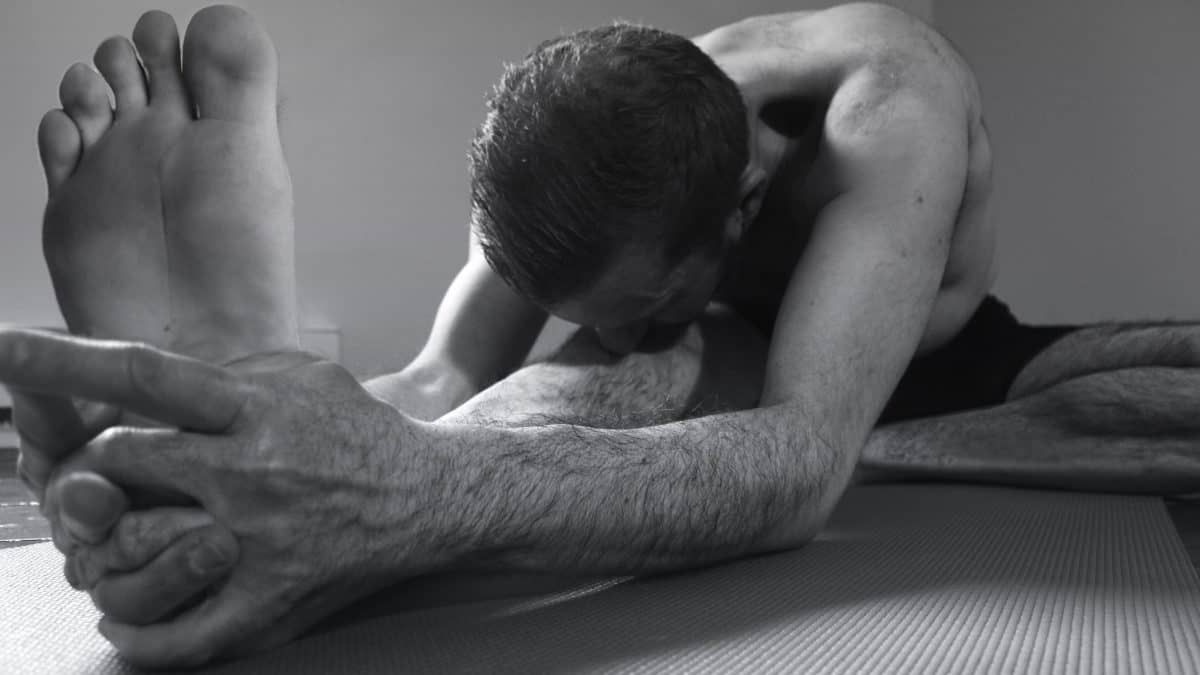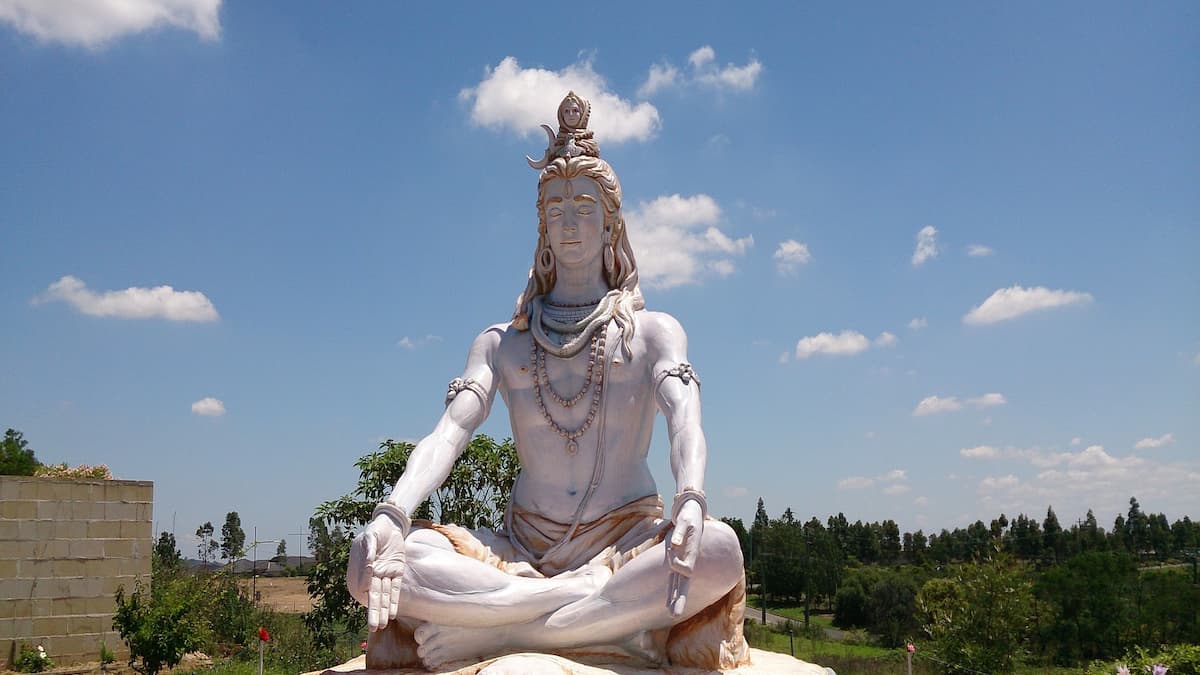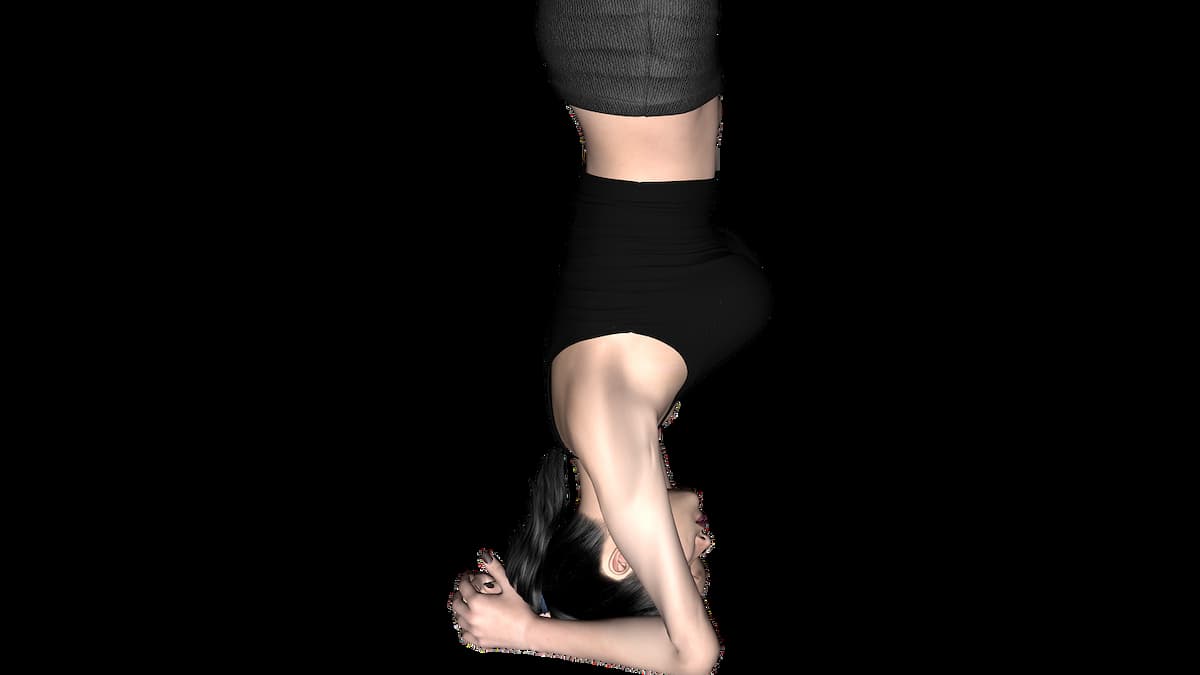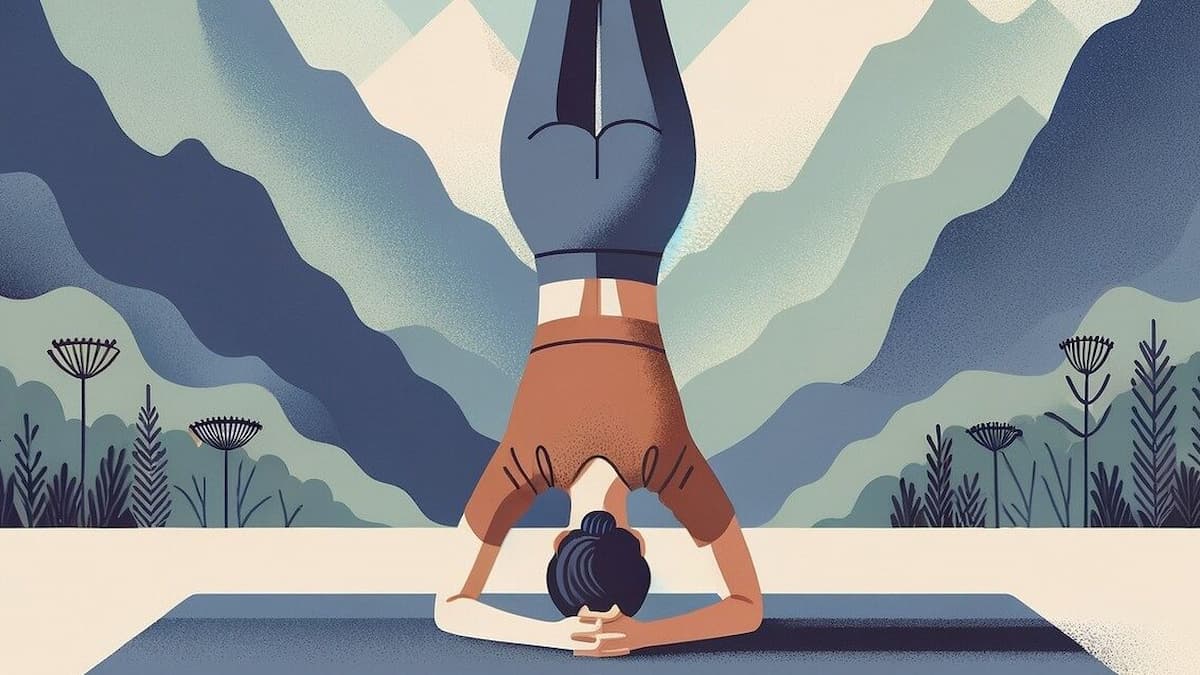Introduction
Maha Mudra is an ancient yoga practice in the category of yogic seals or gestures (Mudras). These yogic gestures bring joy and satisfaction to the practitioner. Moreover, they represent the symbolic practices of yoga that yield the intended outcomes. A mudra can encompass a hand position, eye movement, or any bodily gesture, including breathing exercises. Often, these gestures symbolize different states of consciousness.
Maha Mudra is one of the 25 fundamental yogic seals in traditional yoga. Its primary aim is to enhance both physical and mental well-being for spiritual progress. Furthermore, practitioners acclaim this yoga practice for its ability to contribute to Kundalini Awakening, a spiritual concept in yoga. Three mudras are distinguished by the prefix “maha,” signifying their superiority. The other two mudras are Maha Bandha and Maha Bedha.
In this exploration, we examine its significance, steps, and benefits.
Maha Mudra Meaning
The term “Maha Mudra” in Sanskrit is a combination of Maha, meaning Great, and Mudra, which refers to a Yogic Seal or gesture. The translation into English renders it as the Great Yogic Lock. As a result of its remarkable effectiveness compared to other locks, it gets the name Superior Lock by some practitioners. The Hatha Yoga Pradipika provides insights into why this specific Yoga Gesture gets this title.
According to Verse 14 in the Hatha Yoga Pradipika, this practice can alleviate even the most severe afflictions of the body, which are the root causes of death. This versatile practice is hence revered as the great yogic lock. Because it purifies the entire network of energy currents by harmonizing the Ida and Pingala, leading to a balanced and revitalized state.
Another rationale behind the nomenclature is its unique incorporation of various Mudras within its sequence. Notably, it seamlessly integrates Mudras such as Kechari, Sambhavi, and the Root Lock into its defined steps. This amalgamation of multiple yogic Gestures distinguishes it as a comprehensive and holistic practice, harnessing the synergistic benefits of each component.
The inclusion of Kechari Mudra, involving the tongue’s upward roll and backward extension, contributes to the subtle energy flow within the body. Likewise, Sambhavi Mudra, with a focus on gazing at the eyebrow center, adds a meditative dimension, enhancing concentration and inner awareness. Also, the Root Lock serves as a foundational element, providing stability and grounding.
This integration is reminiscent of the Maha Bandha, which similarly combines various Bandhas, such as the Root Lock and throat lock. Both Maha Mudra and Maha Bandha exemplify the richness of yogic practices by harmoniously blending distinct elements, offering practitioners a comprehensive approach to physical and spiritual well-being.
Maha Mudra Steps
- Sit with your right leg stretched in front, bend the left knee, and press the heel into the perineum. Upon exhaling, lean forward, and grasp the big toe of the right foot. Ensure that the head remains erect, eyes closed, and the back straight. Relax in this position.
- Subsequently, initiate the practice by performing Khechari Mudra. Roll your tongue upward, guiding the tip of your tongue backward towards the throat. Extend the tongue as far as is comfortably achievable
- Thereupon, gradually inhale, tilting the head slightly backward, and engage in Shambhavi Mudra by gazing at the eyebrow center.
- Hold the breath inside (External Breath Retention) and execute the Root Lock, involving the contraction of the perineum/cervix.
- Rotate your awareness from the eyebrow center to the throat and base of the spine, while retaining the breath. Continue this breath retention for as long as comfortable without straining.
- Upon completion, close the eyes, release the Root Lock, lower the head to its normal position, and exhale slowly. This marks the conclusion of one round.
- Repeat the entire sequence three times with the left leg folded, then switch to the right side for another three rounds.
- Finally, with both legs stretched in front, perform the entire sequence three times.
Optimal Sequencing for Maha Mudra Practice
Integration into the Yoga Sequence: Maha Mudra is ideally performed after completing asana and pranayama sessions, serving as a vital link between the physical and meditative aspects of your practice. This strategic placement allows the body to be adequately prepared and the energy channels opened, creating a harmonious transition towards the stillness of meditation.
Mindful Progression: It is crucial to exercise mindfulness in the frequency of this practice. Increase the number of rounds only under the guidance of your teacher. This cautious approach ensures that you progress in a manner that aligns with your capacity and avoids potential strain or imbalance.
Guidance from the Teacher: Follow the instructions provided by your teacher diligently. Their insight and knowledge will guide you in determining the right timing and intensity for incorporating this Practice into your routine. This personalized guidance enhances the effectiveness of the practice and ensures that you derive maximum benefits while maintaining overall well-being.
Balancing Physical and Meditative Phases: Its placement in the sequence acts as a bridge, facilitating a smooth transition from the dynamic movements of asana and pranayama to the profound stillness of meditation. Embrace this thoughtful integration to experience the synergistic benefits of a well-rounded yoga practice.
By adhering to this sequential approach and heeding the guidance of your teacher, you create a balanced and progressive journey, allowing this practice to unfold its true potential in harmony with your overall yoga practice.
Maha Mudra Benefits
Balancing Energy Currents
Maha Mudra is known for its profound impact on the energy channels in the body. By harmonizing the Ida and Pingala, it purifies the entire network of energy currents. This balance sets the stage for the stimulation of Sushumna, a central energy channel. The practice, in essence, lays a foundation for Kundalini Awakening, a transformative spiritual experience.
Preparation for Meditation
This yogic practice serves as a valuable preparatory step for meditation. By aligning the body, breath, and mind, it creates an optimal internal environment for a focused and serene meditation experience.
Combined Benefits of Asanas and Mudras
It incorporates elements that offer a holistic set of benefits. It synergizes the advantages of Pascimottanasana, Kechari Mudra, Sambhavi Mudra, the Root Lock, and Breath Retention. Moreover, it promotes flexibility in the posterior muscles and promotes awareness of the Self. Also, it can lead to improved muscle tone and increased agility in the legs and hips.
Improved Digestive Health
It has positive effects on digestion. The combination of controlled breathing and specific body postures can stimulate the digestive organs, potentially aiding in the overall improvement of digestive health. According to Hatha Yoga Pradipika, for someone who does this practice, there’s no good or bad food. Anything can be eaten, even the most harmful things are digested easily like they are sweet nectar. It alleviates abdominal disorders, constipation, indigestion
Psychic Powers
According to ancient texts, this practice bestows significant siddhis, which are powerful psychic abilities or extraordinary spiritual accomplishments.
Calming the Mind
The integration of breath control and concentrated focus provides a calming effect on the mind. The practice encourages a mindful and tranquil state. This provides mental clarity and emotional well-being. Also, it helps overcome depression.
Conclusion
In conclusion, Maha Mudra stands as an ancient and comprehensive yoga practice, combining physical postures, breath control, and focused concentration. Embracing a holistic approach to well-being not only enhances the strength and flexibility of the body but also balances energy currents, preparing the ground for potential Kundalini Awakening. With roots in traditional yogic wisdom, it incorporates elements like Pascimottanasana, Kechari Mudra, Sambhavi Mudra, and Mula Bandha, offering a rich array of benefits. Beyond the physical sphere, this practice extends its influence to the mental and spiritual dimensions, calming the mind and promoting a serene preparation for meditation. As practitioners delve into the ancient wisdom encoded in this practice, they embark on a journey towards inner balance, heightened consciousness, and the unlocking of psychic powers, as described in the venerable texts of yoga.



